
A Quick History of Carbon Steel
High carbon steel has been around for a very long time. Although it is hard to pinpoint its exact origins, it is believed that one of the first carbon steels was "Wootz steel", which originated in South India around the 6th century BCE and was commonly traded to surrounding countries.
In the 3rd century Chinese metal smiths began producing the earliest known high-quality carbon steels. Later on in the 11th Century Damascus steel was produced in the Middle East, and in the 12th Century Sri Lanka was producing high-quality carbon steel for export. In the 1700s and 1800s European scientists developed an interest in mass producing cost-effective high-quality steel, and it wasn't until the mid to late 1800s when steel production became widespread.
In the early days of steel mass production it was mainly used to produce weaponry and infrastructure, but in the 1950 and 1960s further developments in steel production allowed for the use of steel in smaller consumer products. Some steels that were produced in the early 1900s such as 01 and A2 are still commonly used in the knife industry today.
Modern Carbon Steels

Carbon steels are widely used in the knife industry today - especially in outdoor fixed blade knives - but many carbon steels have found their way into folding knives as well. Not only are the aforementioned older carbon steels used, but the industry has been hard at work creating new carbon steels that have been well-received by knife makers and knife users alike.
Here we'll be discussing some of the general pros and cons of high carbon steels, but also check out our previous article all about the many different types of steel that are out there.
Pros of High Carbon Steels
While there are exceptions to each of these points, here are the general characteristics of most commonly used high carbon steels.
Toughness: High carbon steels are known for being incredibly tough, making them ideal for hard use tasks in the outdoors and in tactical settings. Very few stainless steels come close to the toughness of a majority of high carbon steels on the market. This high level of toughness decreases the likelihood of the blade breaking under hard use tasks such as chopping or batoning wood, as well as prying tasks.
Ease of sharpening: Aside from a few exceptions, most high carbon steels are relatively easy to sharpen using a simple whetstone or axe puck. This makes carbon steel a great choice for axes as well as knives that are used frequently in the field.
Cost: Most high carbon steels are less costly than stainless and super steels, making them not only a great choice for budget-conscious consumers but also for custom knife makers.
Ease of heat treating, shaping, and grinding: Many carbon steels are easier to heat treat, shape, and grind than stainless and super steels. This allows custom knife makers to produce all of their blades in-house without the need for advanced equipment or outside heat treating services.
Cons of High Carbon Steels

Just like the pros, these are general characteristics. Though some exceptions do exist, you can expect these cons to apply to most high carbon steels.
Corrosion resistance: Due to the high carbon content and lower chromium content most of these steels lack corrosion resistance, making them much more susceptible to darkening and rust. This is particularly evident when working in wet environments or exposing the blade to acids that can be found in some foods.
Edge retention: Most carbon steel has a lower edge retention rating than high-end stainless steel. While this does add to the ease of sharpening, chances are you will have to maintain your edge more frequently with a carbon steel blade than most high-end stainless steels.
How to Care for High-Carbon Steels
It is easy to see why carbon steels are a popular choice for hard-use knives. The toughness and ease of edge maintenance is a major advantage in the field, but the glaring issue of the lack of corrosion resistance can be a major turn-off for some people.
Fortunately, there are several things you can do to ensure you keep your high carbon steel blade running at peak performance despite the drawbacks. Here are some of the tools and techniques I use on a regular basis to keep my knives and axes functional for years to come.
Edge maintenance: I employ three simple and compact tools that remain in my pack to keep my knife and axe edges running at peak performance.
- Axe puck: I carry a Lanksy Dual Grit Axe Puck. It's a small puck that fits in the palm of your hand, allows for both sharpening and honing your axe edge, and well as removing burrs and other minor edge damage.
- Work Sharp Field Sharpener: this compact guided sharpener is perfect for maintaining your field knife’s edge. It contains two different grit diamond plates, a ceramic rod, and a small leather strop. This is one tool that can really do it all for you no matter where you are.
- Knives by Nuge Pack Strop: A good strop can keep your edge honed and sharp for a long time before you need to do a full sharpening job. The Knives by Nuge Pack Strop is a small packable strop that has both rough and fine leather and grit. As a general rule of thumb I spend about 3 to 5 minutes stropping my knife blade after any kind of heavy use.
Corrosion protection: One can use a few different methods to help prevent harmful corrosion build-up. First, it is important to note the difference between patina and rust: patina is surface discoloration of the steel and is almost unavoidable when using high carbon steel, whereas rust is harmful corrosion that can cause pitting and damage the blade.
- Forced patina: the good thing about patina is that it actually helps reduce the build-up of rust by chemically altering the surface steel and not allowing rust to build up. Some users like to force a patina build-up, and there are a number of ways to do this. Personally, I use mustard. Follow this link to see me use the mustard patina process.
- Keep it clean and dry: I always carry a rag or hank with me so that I can wipe any water or potentially corrosive materials off of my blades after use before resheathing them. This simple step goes a long way to preventing rust formation.
- KPL Knife Shield: Knife Shield does double duty as a cleaner and a protectant. It easily removes tape residue and outdoor gunk like pine resin and leaves a layer of invisible corrosion protection behind. It's also food safe, making it ideal for your high-carbon kitchen or outdoor cooking tools. For a full review of Knife Shield check out this article, and use code BLACKFLAG at checkout for 10% off your order!
A big thank you to @barkhandle and Knives by Nuge for providing some excellent photos for this article!

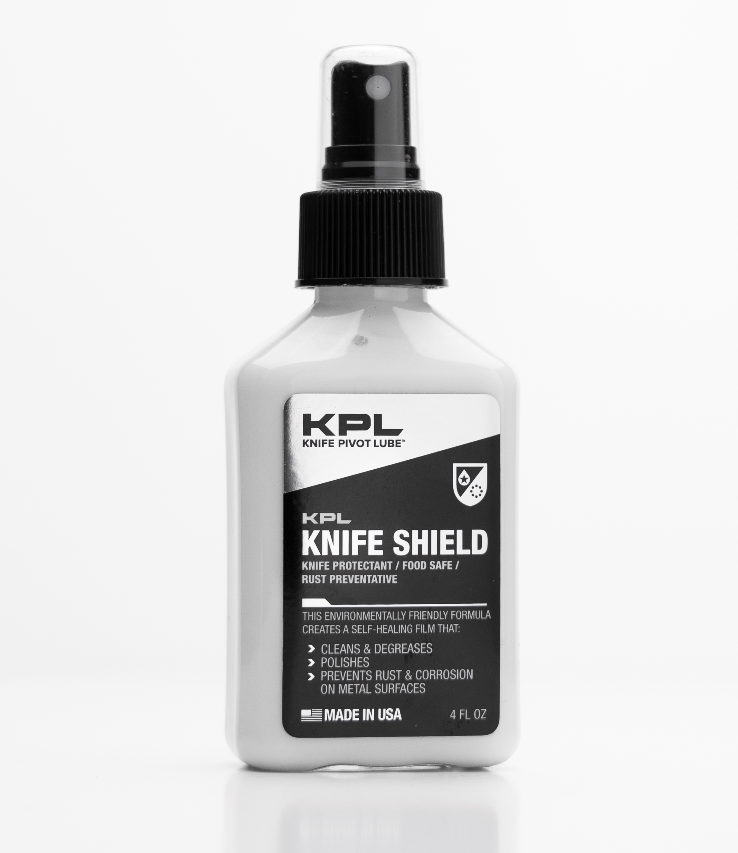
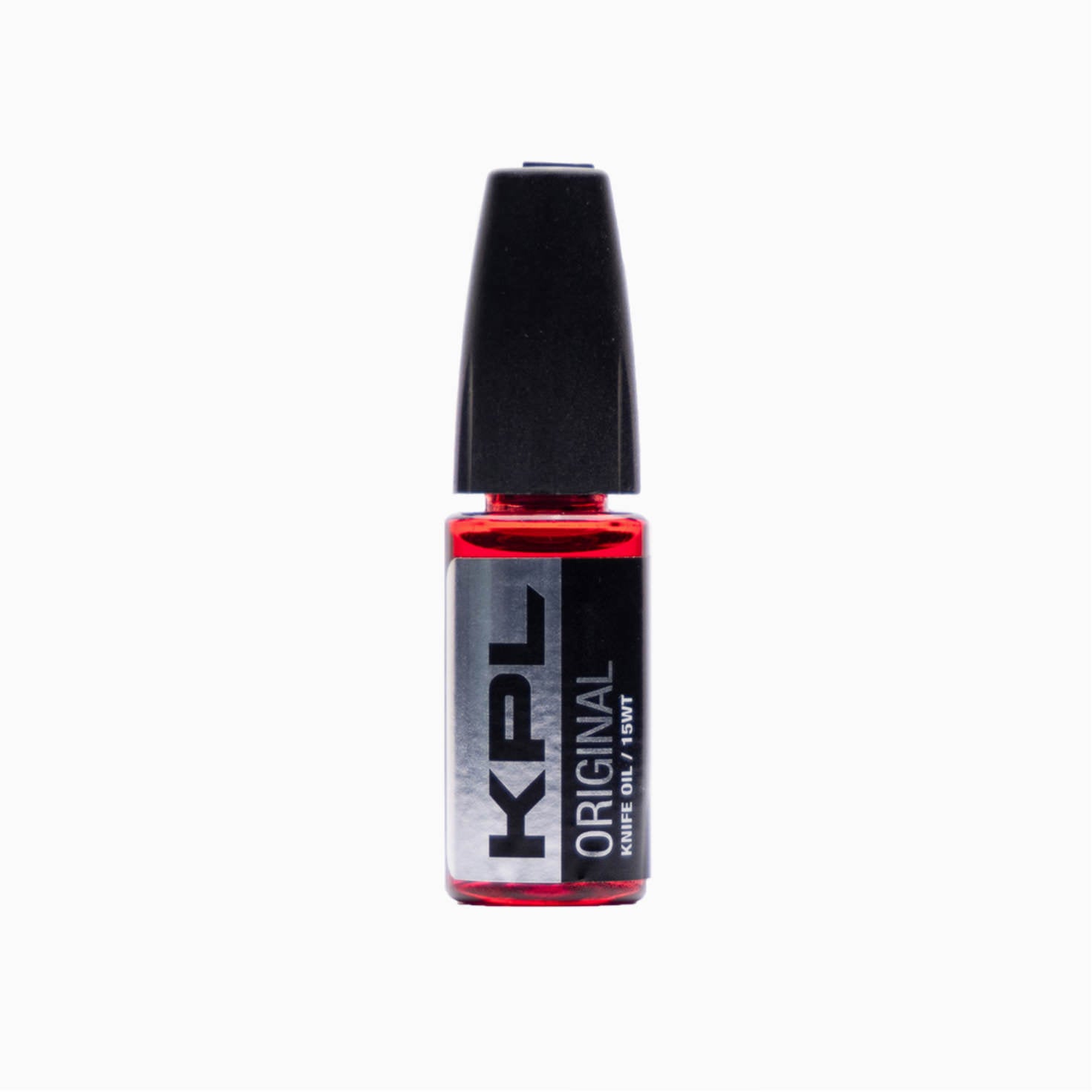

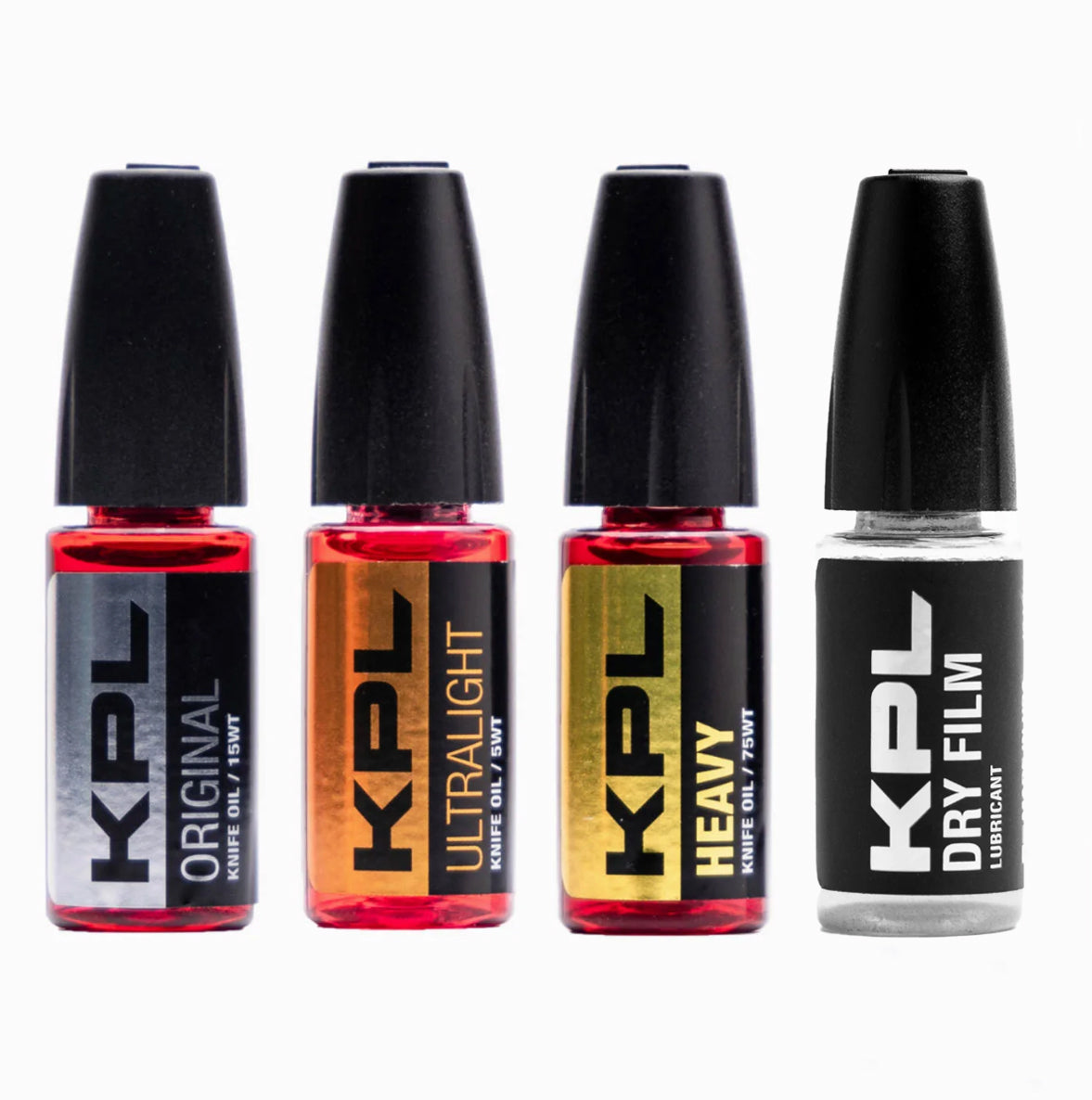
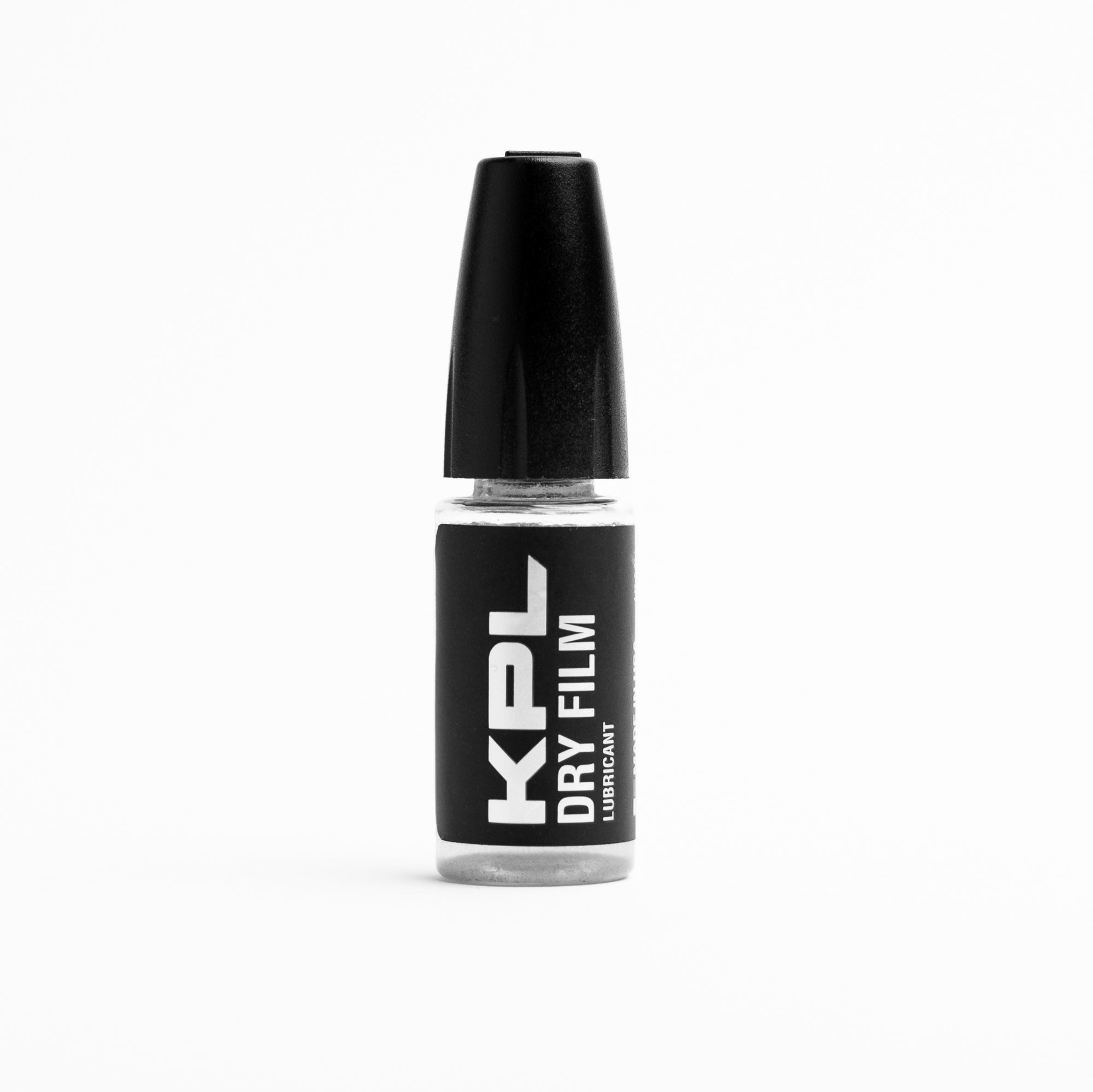
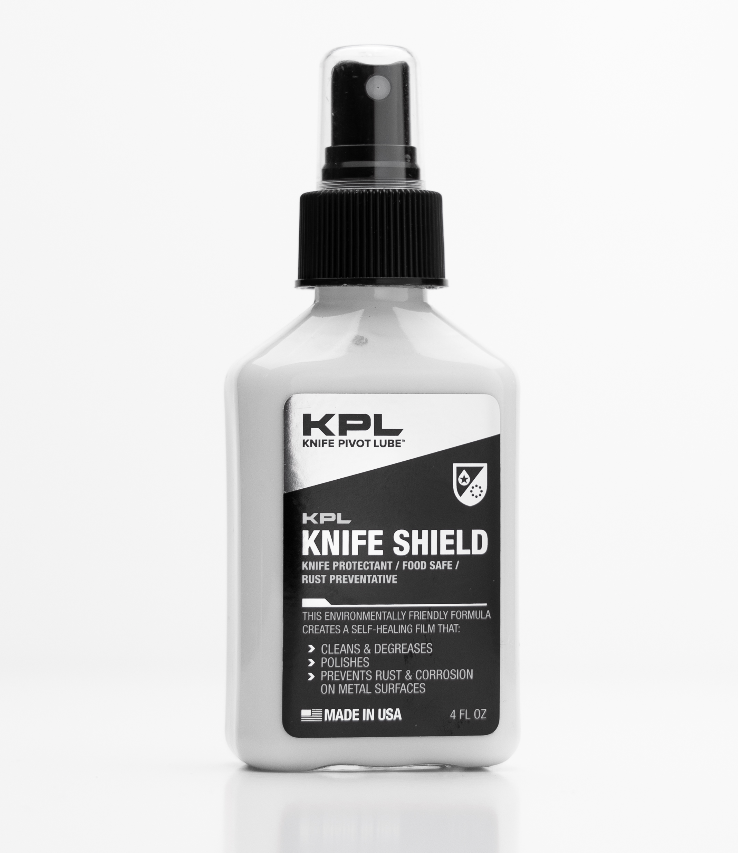
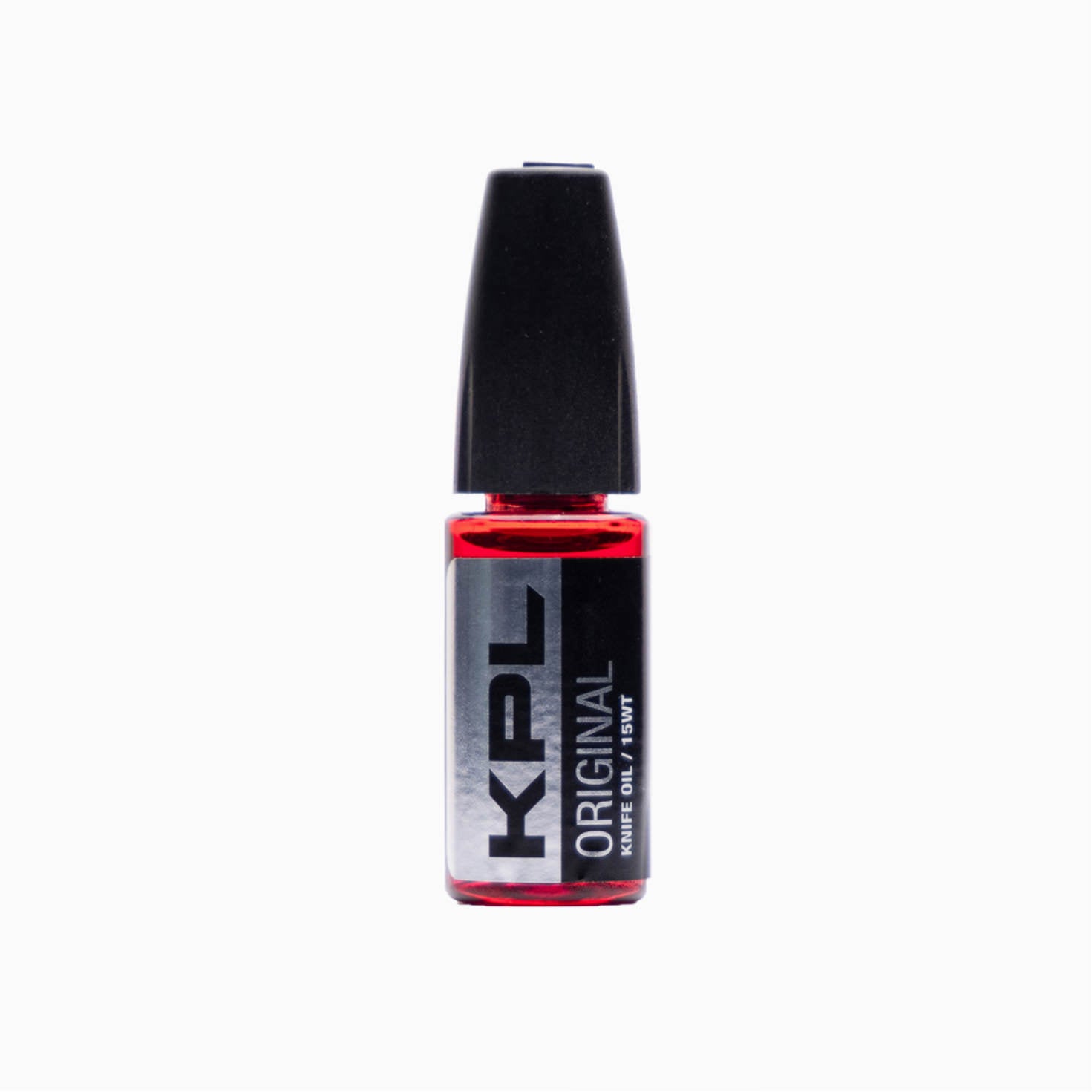
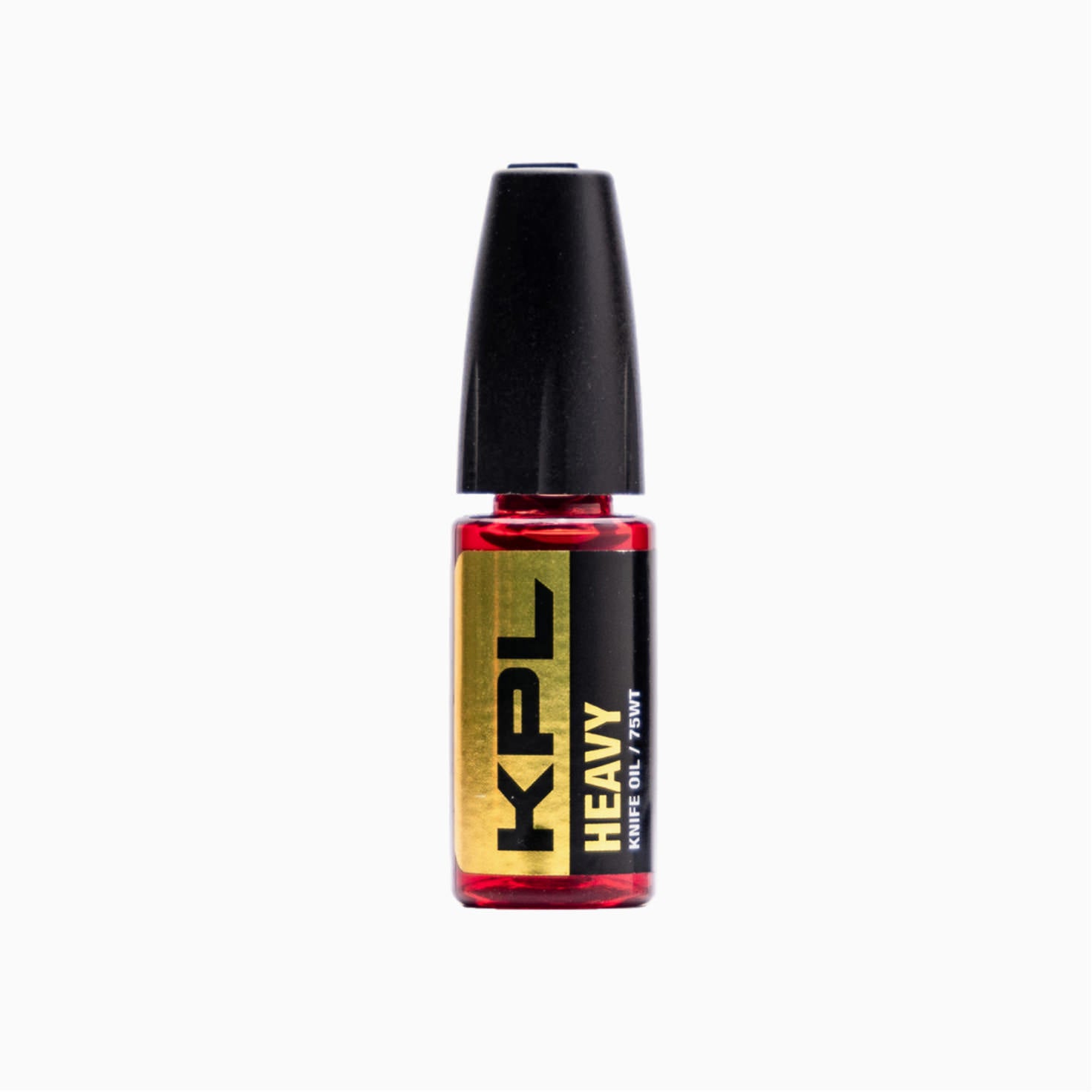
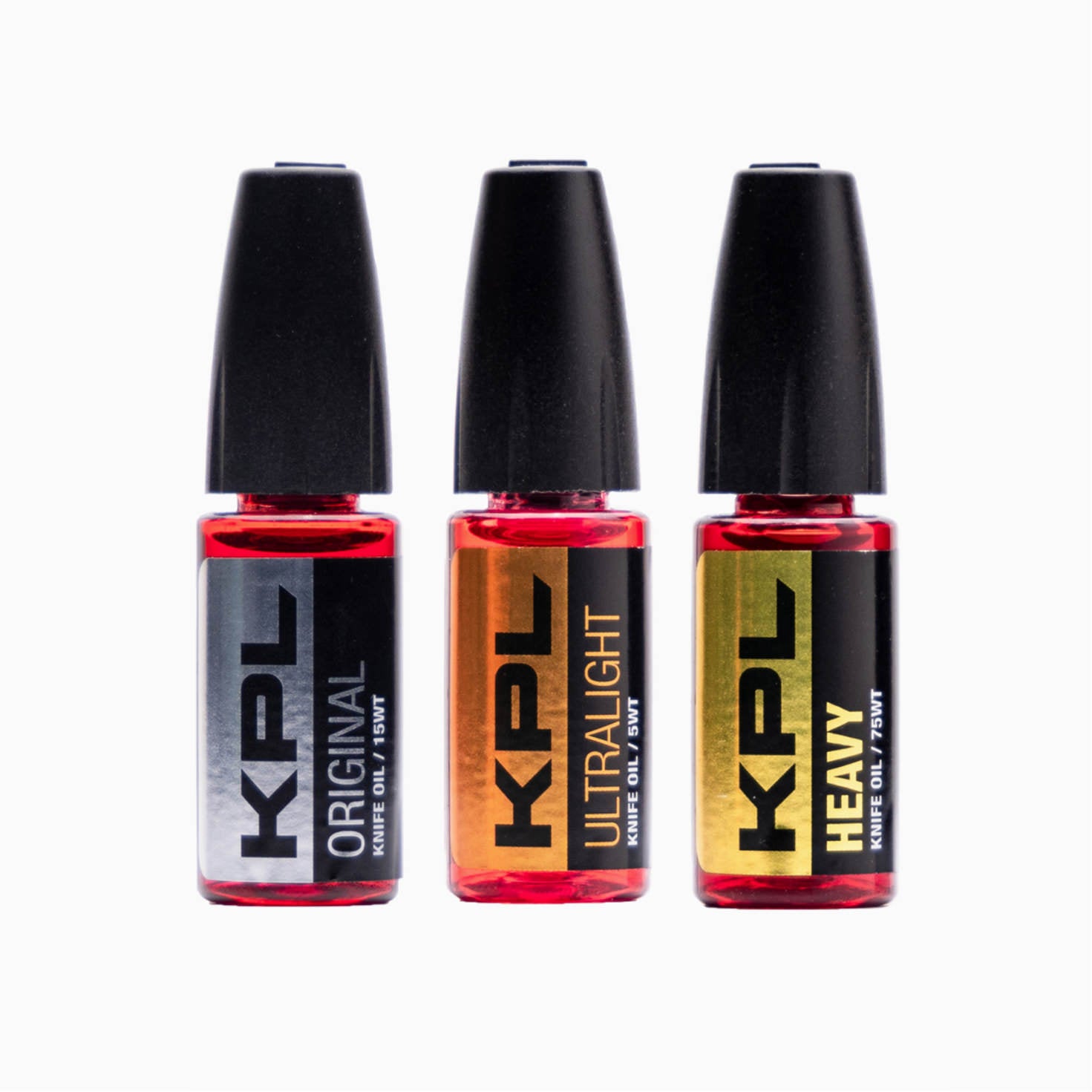
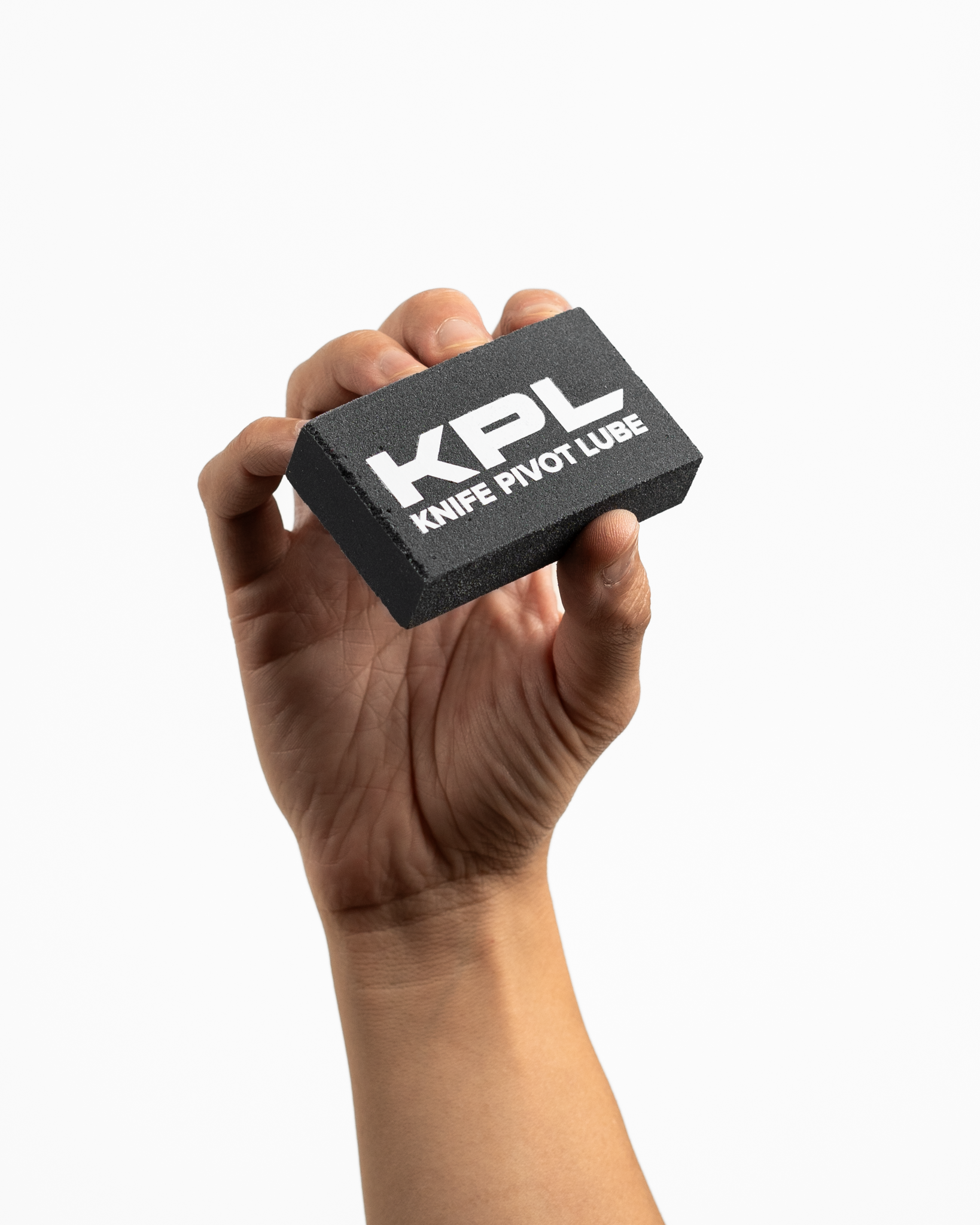
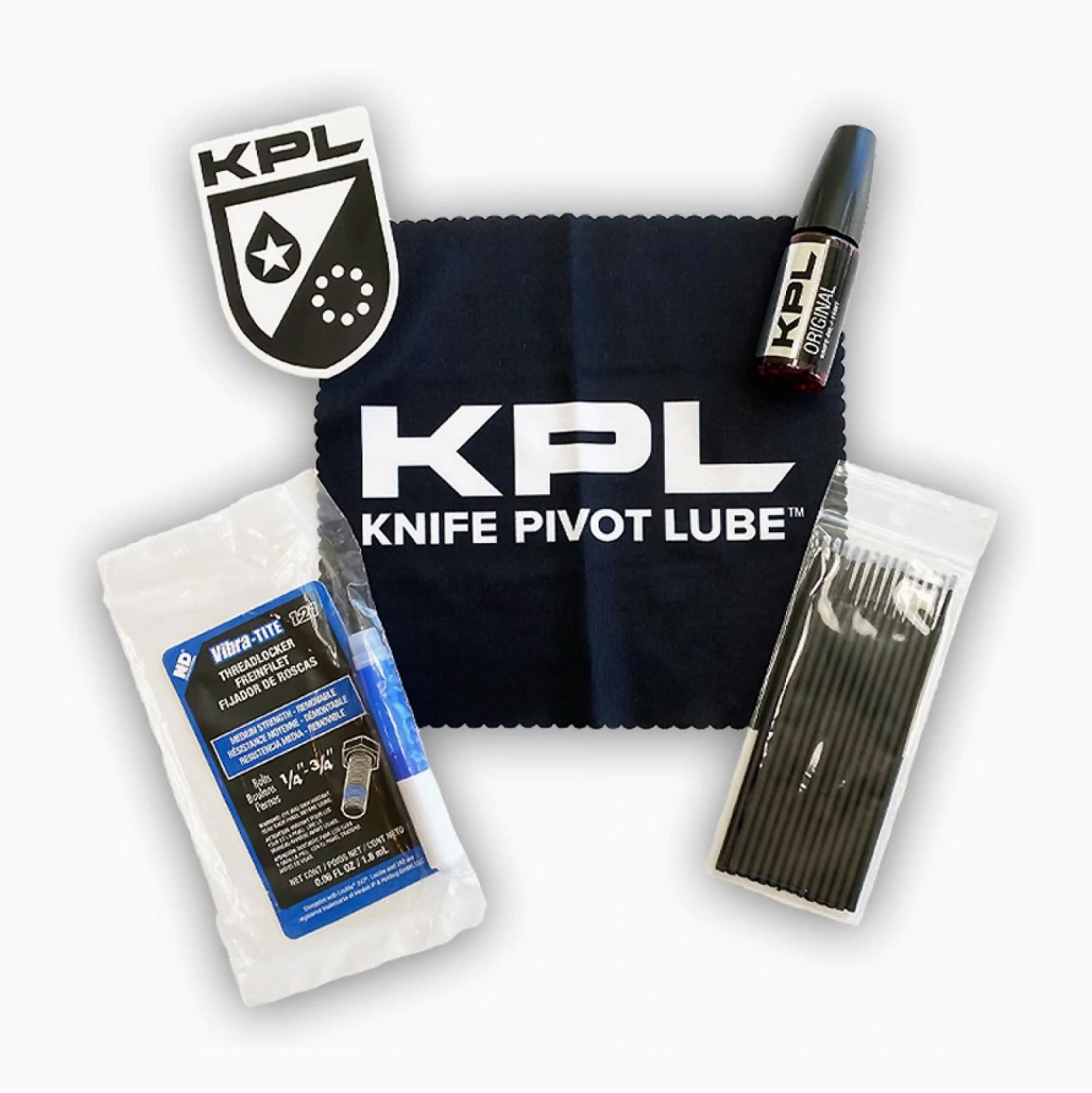
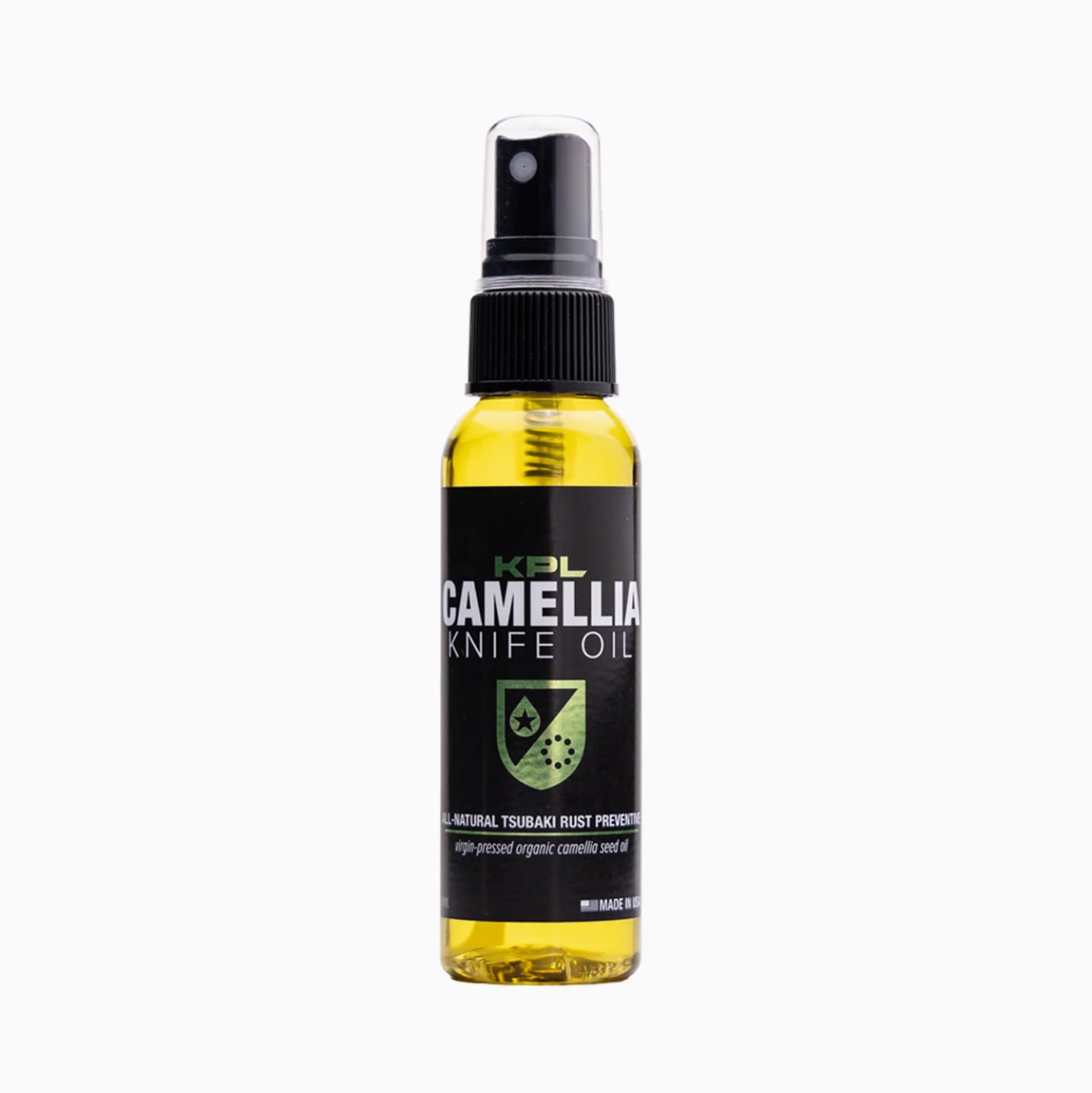


Comments
infotechbrainstorm said:
Brainstorm InfoTech is recognized as one of the most top leading and reliable steel detailing service providers in India. Our experts are dedicated to provide best quality steel detailing service to the industries. Steel detailing service – Structural Steel Detailing companies in india
Please visit our official website for more info – https://www.brainstorminfotech.co.in/ or contact us @ +91 80 2848 8745 +1(205) 994-6408
brainstrominfotech said:
Corrosion protection: One can use a few different methods to help prevent harmful corrosion build-up. Brainstorm Infotech is headquartered in Bengaluru, the start-up capital of India. It has carved a niche for itself in the field of structural steel detailing and allied services with a credit of completing over 1250 projects so far. We started small with a team of five professionals in 2010 but have earned the trust and respect of our clients that has led to long-standing associations. visit our site: https://www.brainstorminfotech.co.in/
Naveed said:
Dear Respected Sir / Madam,
Have a Nice Day,
Hopefully every Body will be Fine with the Grace of God.
We have Pleasure to introducing you as a Manufacture & Exporter of All kind of Hunting Knives &
Swords & Axes & Leather Outdoor Camping Accessories & Wooden Knife Boxes Since,1990.
Blade Material:- D2, Spring Steel/5160, Railroad Spike, Bearing Steel /52100 and Damascus Steel & High Carbon .
Handle Materials Offer:- Ram Horn, Camel Bone, Buffalo Black Horn, Rose / Olive / Walnut Wooden Handle + Mosaic Pin Stabilized Wood available & Laser Stamps on Blade and Leather Covers.
Its my Deeply wish to start business with your Great company. We make your Choice.
Please allow me to send you some samples of knives for your kind review, First you check my quality then you decide. I will appreciate your earliest reply with your Trial Order.
With Best Regards,
Naveed,
Bless International,
WhatsApp No. 0092 300 0701559
e-mail :- blessint@gmail.com
Website:- https://blessint.business.site